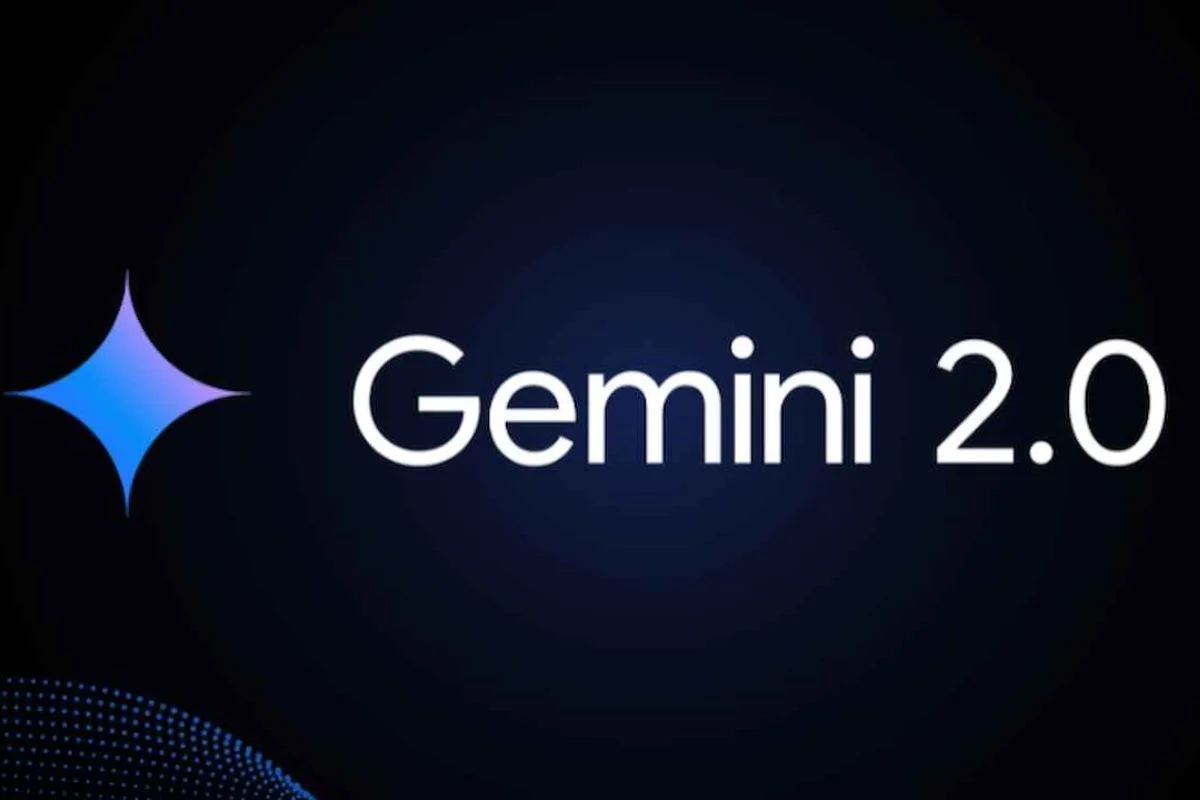Google has quietly shifted its default model for Gemini to the 2.0 Flash version, marking a significant change in how users interact with the AI. This move, observed by users and later confirmed by Google, raises questions about the motivations behind the switch, the implications for performance, and what it means for the future of Gemini. When did this happen? While an official announcement wasn’t made, the shift seems to have occurred gradually over the past few weeks, with users noticing faster response times and a different feel to the interactions.
This subtle shift raises a crucial question: Is Google prioritizing speed over depth with this move? While the Flash model undoubtedly offers snappier responses, the trade-off may involve a reduction in the complexity of tasks it can handle. Early user feedback suggests a noticeable difference in the “personality” of the AI, with some reporting less nuanced and detailed responses.
Speed vs. Substance: Exploring the Trade-offs
The transition to Gemini 2.0 Flash as the default model highlights the ongoing tension between speed and comprehensiveness in the AI world. Faster response times are crucial for a seamless user experience, especially as AI becomes more integrated into everyday applications. However, the true power of large language models lies in their ability to tackle complex problems, generate creative content, and provide in-depth analysis.
- The Case for Speed: A faster AI is a more usable AI. Imagine using Gemini to quickly summarize a long article or generate a draft email. In these scenarios, speed is paramount. The Flash model excels in these quick-fire tasks, offering near-instantaneous responses.
- The Potential Drawbacks: Complex tasks, such as writing a detailed research paper or engaging in a nuanced philosophical debate, might require the deeper reasoning capabilities of the larger, non-Flash models. Users might find the Flash model less adept at handling tasks that require extensive knowledge or intricate logical reasoning.
User Experiences: A Mixed Bag
Online forums and communities are abuzz with discussions about the change. While many users appreciate the increased speed, others have expressed concerns about the quality of responses.
- The Speed Demons: “Gemini is so much faster now! It’s a game-changer for quick tasks,” one user commented on Reddit. This sentiment is echoed by many who find the Flash model ideal for everyday use.
- The Depth Deficit: “I feel like Gemini used to give me more thoughtful answers,” another user noted. This concern about a potential reduction in depth is a recurring theme in user feedback.
The Future of Gemini: A Balancing Act
Google’s decision to make Gemini 2.0 Flash the default model could be a strategic move to broaden its appeal and make it a more accessible tool for the average user. However, it also raises questions about the future of the more powerful, but potentially slower, models.
- A Tiered Approach? It’s possible that Google will adopt a tiered approach, offering different Gemini models for different needs. Users might be able to choose between the speed of Flash and the depth of other models, depending on the task at hand.
- Continuous Improvement: Google is likely working to improve the Flash model, aiming to close the gap between speed and depth. Future iterations of the Flash model could potentially offer both speed and sophisticated reasoning capabilities.
What This Means for the AI Landscape
Google’s move could set a new standard for AI responsiveness. As users become accustomed to faster AI, other companies will likely follow suit, prioritizing speed in their own models. This could lead to a new era of AI development, where speed and efficiency are just as important as depth and complexity.
While the shift to Gemini 2.0 Flash is a significant change, Google hasn’t been entirely transparent about the reasons behind it. More communication about the trade-offs involved and the future of Gemini would be beneficial for users. The AI landscape is evolving rapidly, and open communication is crucial for building trust and understanding.



















